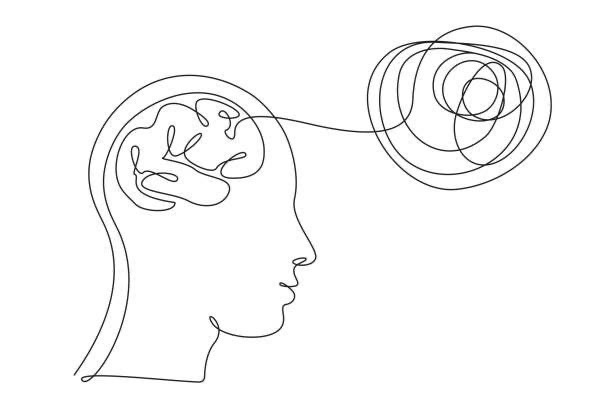Why Talking Isn’t Enough: Healing Through the Language of the Nervous System

In the world of personal development and therapy, we often place a great deal of trust in language. We talk to understand, to process, to make sense of pain. Words can be powerful—no doubt. But what happens when words fail to bring relief? When insight doesn’t translate into change? When someone knows they’re safe, loved, or capable—but their body continues to react as if none of that were true?
This is the paradox of a dysregulated nervous system.
When the nervous system is dysregulated—trapped in patterns of fight, flight, freeze, or collapse—verbal reassurance and cognitive insight can only go so far. That’s because a dysregulated system isn’t seeking information. It’s seeking safety. And safety is not something we tell ourselves. It’s something we feel.
The Language of the Nervous System
Long before we developed the ability to speak, we learned about the world through sensation, movement, tone of voice, eye contact, and physical presence. Our earliest experiences of connection—whether secure or ruptured—were encoded into the body. They shaped how we relate, how we self-soothe, how we respond to stress, and how we protect ourselves.
These patterns are physiological, not just psychological. They live in the muscle tone of our shoulders, the pace of our breath, the tightness in our gut, the stillness or agitation in our limbs. And they persist, often unconsciously, well into adulthood—especially when early attachment needs were unmet or unsafe.
This is why talking about trauma or attachment wounds often doesn’t lead to meaningful change. You can’t think your way out of a survival pattern. You have to feel your way through it. Effective healing requires us to stop arguing with physiology and start speaking its language: the language of the body.
Why This Matters
When we approach healing through the lens of sensation, rhythm, and relationship, we begin to see something extraordinary: the body wants to heal. It’s not broken—it’s patterned. And those patterns can be shifted with gentleness, presence, and the right kind of support.
This is not about doing more or fixing people. It’s about slowing down, attuning, and creating the conditions for safety to emerge. It’s about co-regulation before self-regulation, presence before progress, and embodiment before explanation.
If you’ve ever felt the limits of talk-based approaches… if you’ve sensed that you are stuck in loops that insight alone can’t resolve… or if you’re longing to bring a more integrated, embodied approach to your work – try changing the patterns or show some movement.
Because lasting transformation doesn’t begin with explanation. It begins with a felt sense of safety. And that safety is created not just through what we say—but through how we are.



Comments (0)